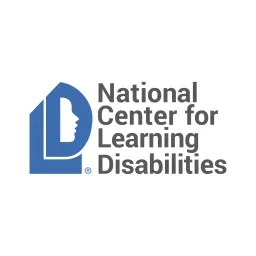Distance learning toolkit: Key practices to support students who learn differently
During the COVID-19 pandemic, distance learning has been a challenge for many educators, families, and students. That includes the 1 in 5 students who learn differently.
Students who struggle academically or who typically get individual support in school are more likely to fall behind during distance learning, according to one survey. And research shows that students who also come from other underserved communities, including students of color and emergent bilinguals (also referred to as English language learners), have been particularly affected.
Download the toolkit
A new toolkit — developed in partnership with the National Center for Learning Disabilities — can help educators meet the needs of all students at this critical moment.
Distance learning toolkit PDF - 402.0 KB
To create this toolkit, we revisited key teacher mindsets and teaching practices from Forward Together: Helping Educators Unlock the Power of Students Who Learn Differently, published in 2019. Given how much has changed in education since then, we asked, “How do these mindsets and practices apply to distance learning?”
To answer that question, we turned to Understood experts and members of NCLD’s Professional Advisory Board.
We’re sharing those learnings with you here to help you support all students in your distance learning classroom.



